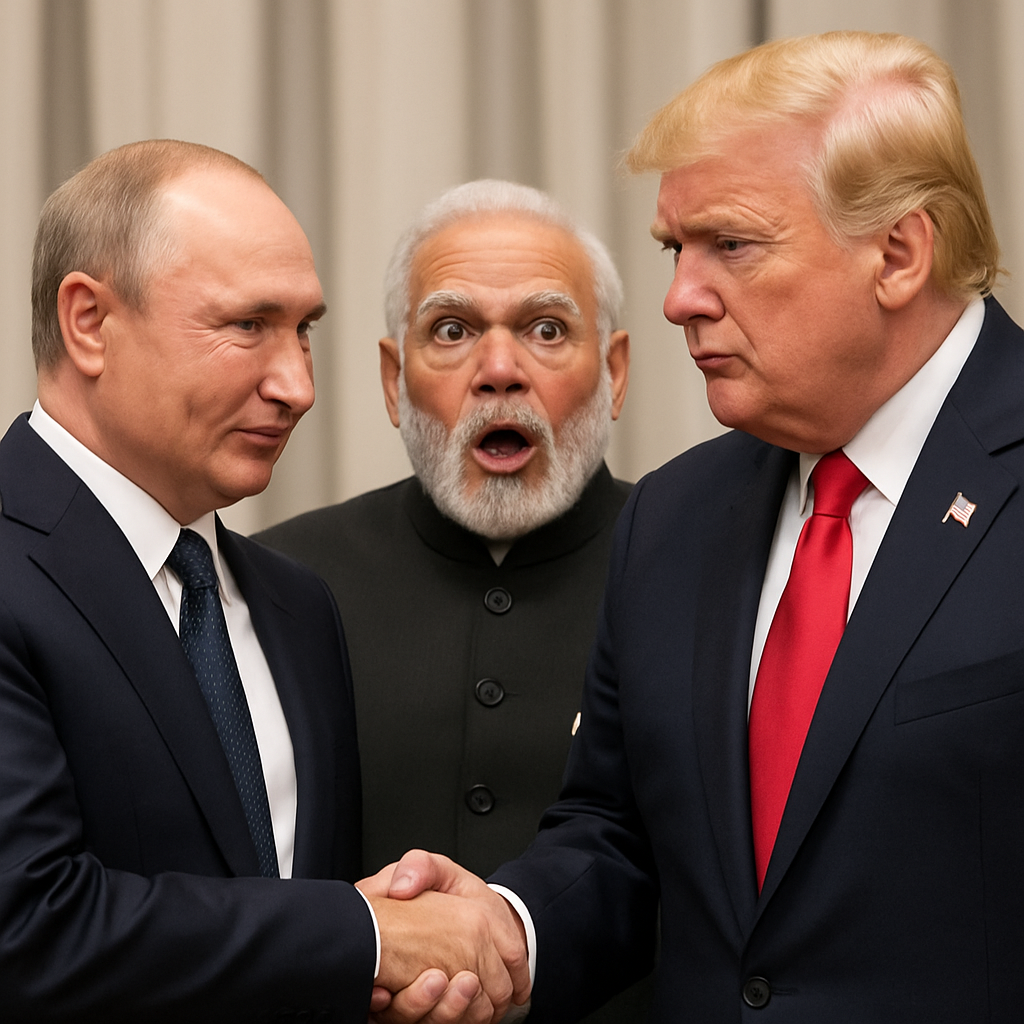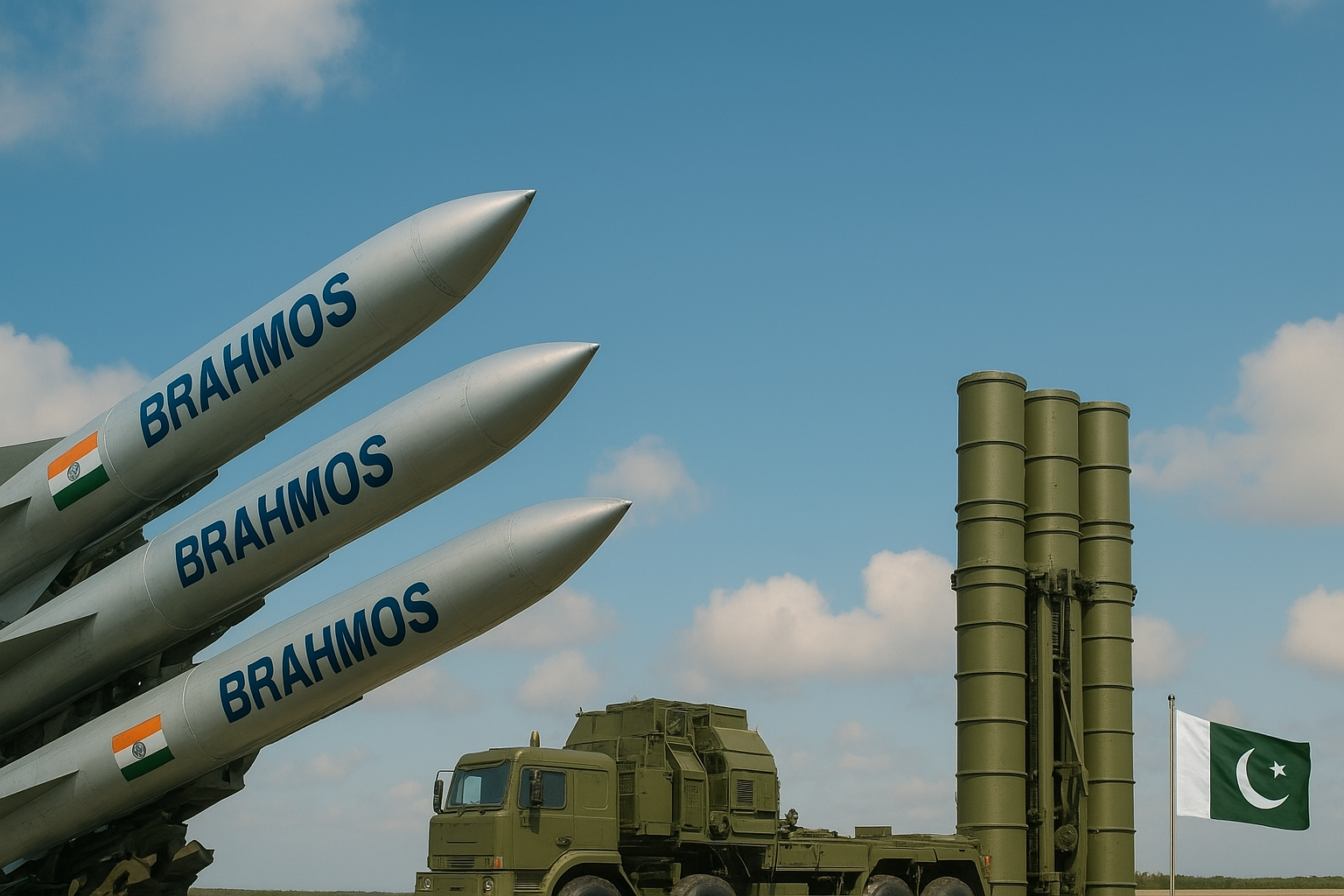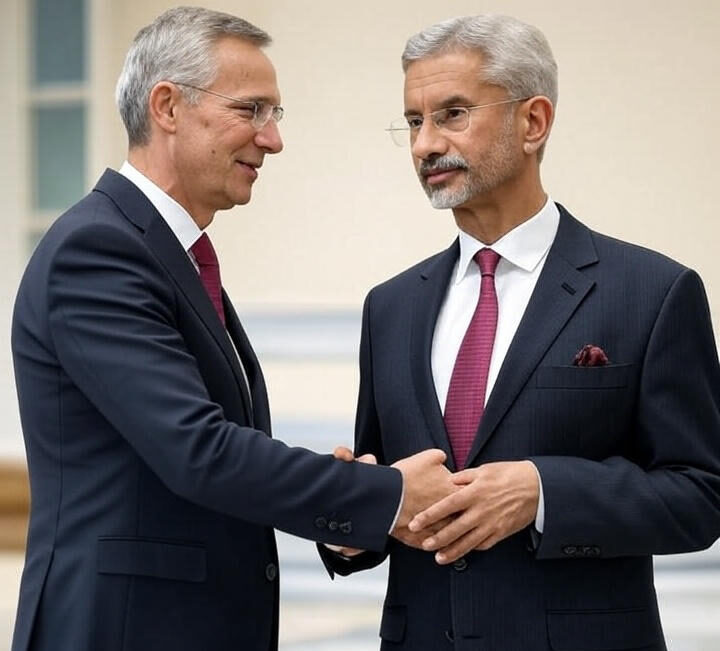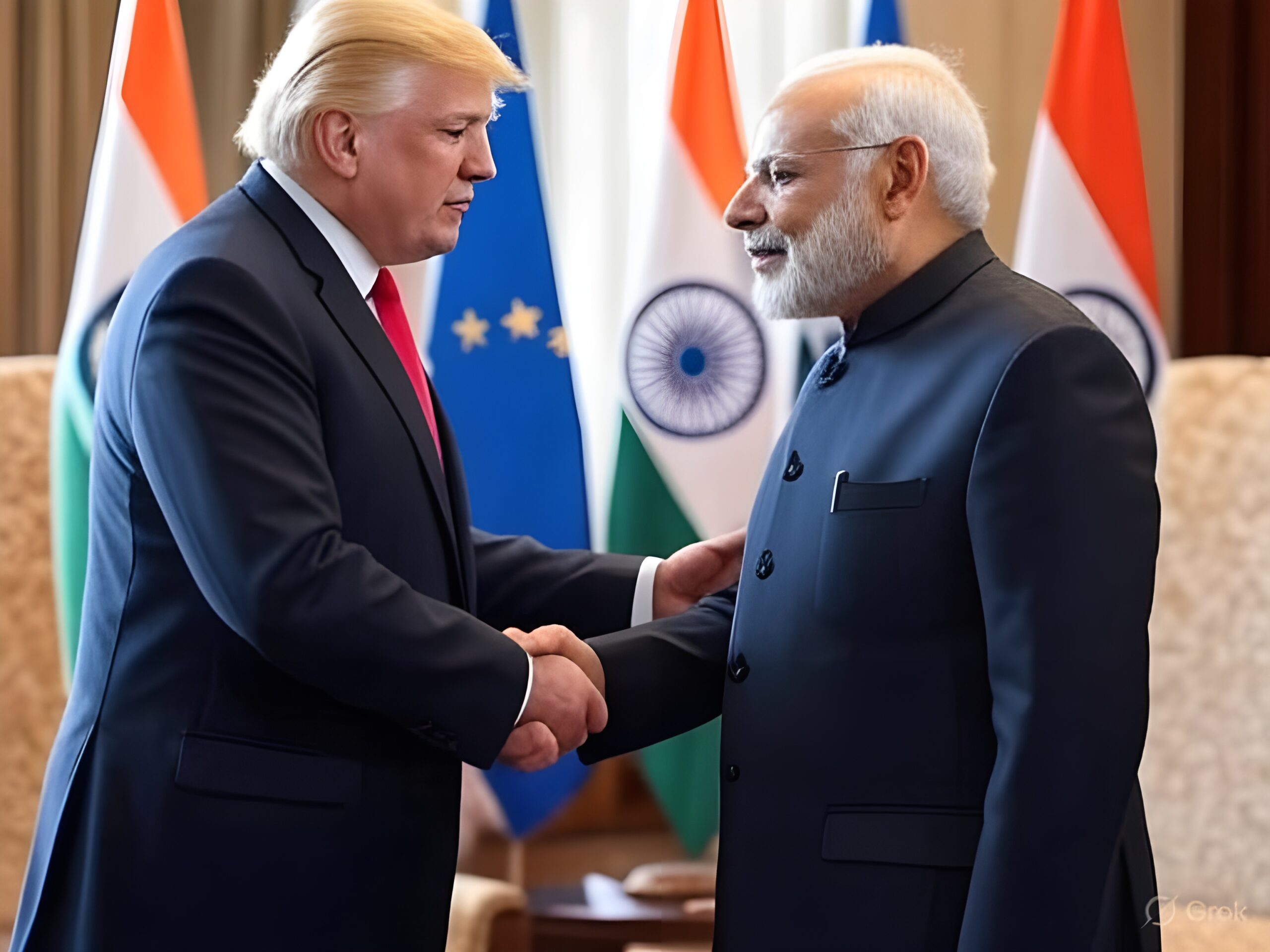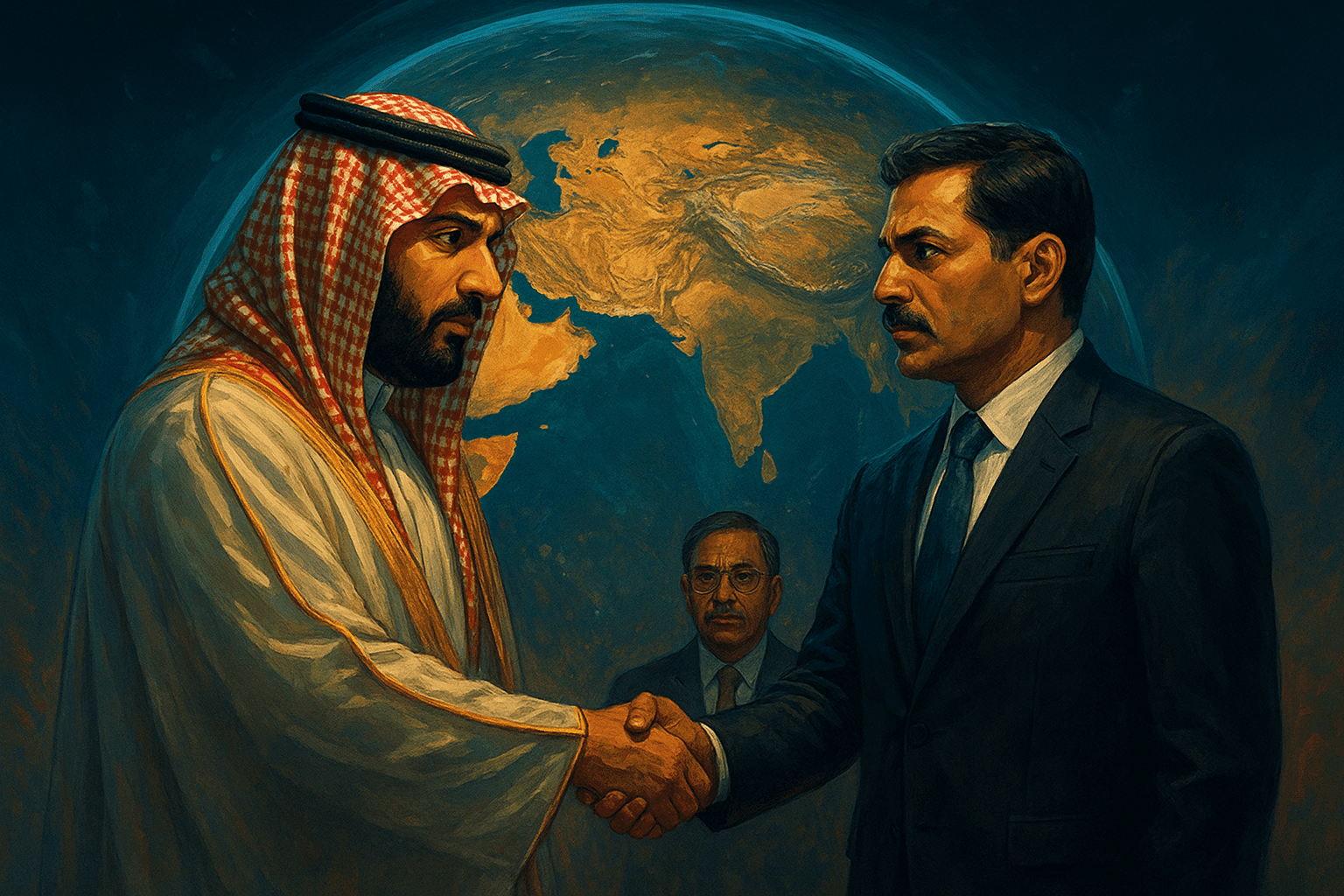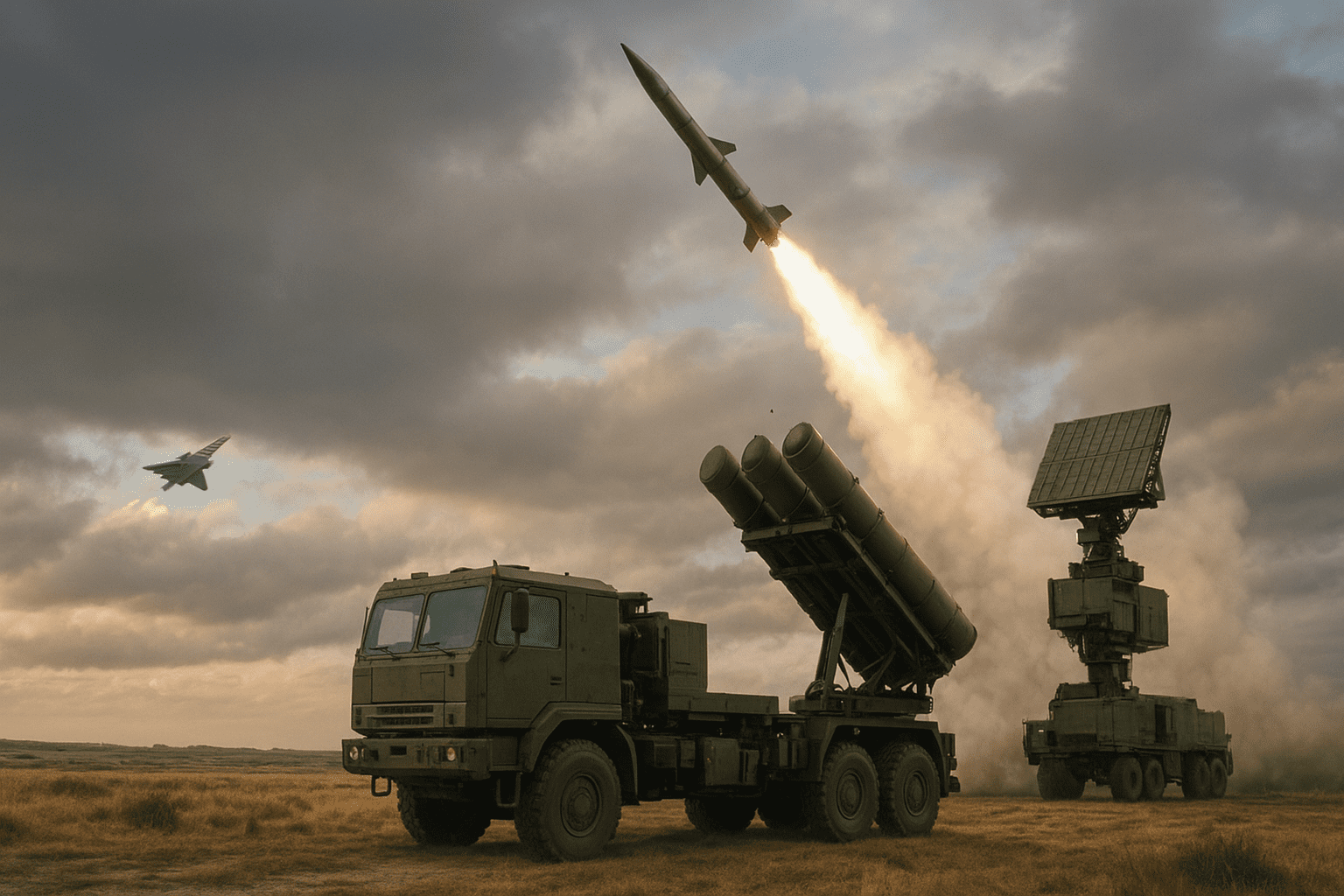Since the Ukraine war began in 2022, the US and European Union have repeatedly criticized India’s continued imports of Russian oil. The most recent escalation came in August 2025, when President Donald Trump announced new tariffs on India, citing its trade ties with Russia. However, a closer look at trade data exposes a double standard—the US and EU themselves still conduct billions in trade with Russia even as they target India diplomatically and economically
Though US and EU keep on blaming India of the oil purchases, the conflict in Ukraine has sparked fierce debate about whether Western actions—especially NATO expansion—provoked Russia, and whether the enormous sums now being spent to support Ukraine reflect strategic sense or misguided policy
A significant number of respected analysts and officials, including historians and policy architects from the Cold War era, have long warned that NATO’s steady eastward expansion would eventually provoke a backlash from Russia. Pushing military alliances up to Russia’s borders would be seen in Moscow as a direct threat, making conflict a realty in a sense the NATOs open door policy is mainly responsible for the Russia, Ukraine conflict
Does USA a really want a quick end to this conflict is debatable as U.S. defense manufacturers—including giants like Lockheed Martin, Raytheon, and Boeing—have seen surging demand. Lockheed Martin, for instance, doubled Javelin missile production from ~2,100 to ~4,000 units annually. Rising oil and gas prices since the conflict have driven inflation—but also created a boom in U.S. LNG and crude exports. U.S. LNG shipments to Europe more than doubled in 2022, positioning the U.S. as the top LNG exporter globally
Chart: US & EU Imports from Russia (2022–2025)
Year | US Imports from Russia (USD) | EU Imports from Russia (USD) |
2022 | $14.1 billion | $112 billion |
2023 | $8.7 billion | $69 billion |
2024 | $3.0 billion | $29 billion |
2025 (H1) | $2.5 billion (est.) | ~$17 billion (est.) |
Is India’s Russian Oil Imports: A Market-Driven Necessity?
Indian officials argue that energy sourcing is not ideological, but based on national interest—just as it is for Europe and the US. Indian officials note that purchasing Russian oil has played a stabilizing role in global energy markets and prevented sharper price rises that would have adversely affected developing economies. India has consistently rebuffed Western pressure to reduce imports, emphasizing its right to pursue market-driven purchases and secure the best terms for its economy.
India has maintained steady oil imports from Russia due to affordable pricing, refinery compatibility, and energy security needs. In July 2025, India imported 1.58 million barrels/day, down from peak levels but still substantial.
In a controversial move, Trump imposed an additional 25% tariff on Indian exports, raising the total tariff rate to 50%. The stated reason: India is “funding Putin’s war” by purchasing discounted Russian crude. India called the move “unjustified and damaging to trust”. It highlighted that the West itself continues Russian trade while blaming others and asserted its sovereign right to procure energy based on national interest.
In a now-viral social media post, Trump equated India and Russia as “dead economies”, triggering outrage among Indian citizens, media, and policymakers:
“You can’t win a war when you’re backed by dead economies like India and Russia. We need real allies, not freeloaders.” – Trump, August 2025.Officials labeled the tweet “deeply disrespectful”, and commentators called it a “slap in the face” after years of building Indo-US ties. Strategic experts warn it may erode trust and strain cooperation in QUAD and Indo-Pacific partnerships.
Visual Comparison: Who Still Trades with Russia?
Country/Bloc | Key Russian Imports Still Ongoing |
EU | LNG (16.5M tons in 2024), fertilizers, critical metals |
USA | Uranium, palladium, platinum, fertilizers |
India | Crude oil (1.58M barrels/day), minor fertilizers |
Conclusion
India’s embrace of Russian oil is a direct result of market forces: discounted supplies, urgent domestic needs, and an opportunity to enhance refining profits through exports. This strategy has shielded India from global price spikes, allowed cost-effective fuel for its growing economy, and maintained a degree of strategic autonomy amid shifting geopolitical winds. Notably, this pragmatic approach aligns with the West’s own initial intention to cap, not curtail, Russian oil exports so as to maintain price stability, benefiting India and global consumers alike
The current geopolitical drama reveals a stark contradiction: the West publicly chastises India for its energy choices, yet it quietly maintains its own trade ties with Russia. As diplomatic tensions rise, the focus should be on consistent policy across partners—or risk undermining credibility and fuelling deeper mistrust.

